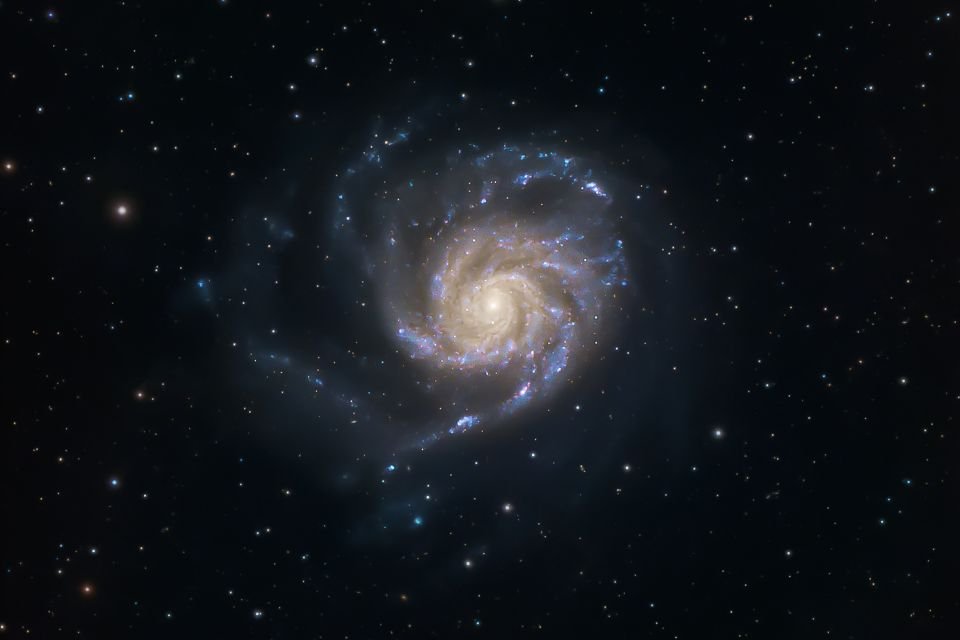A team of scientists from the University of Victoria in Canada and Yale University in the United States describes the detection of the faintest star system ever discovered. appointed by Ursa Major III / UNIONS 1 (UMa3/U1) is considered the least dense group of stars ever observed by scienceIt is located approximately 30 thousand light years from Earth.
Because it is an extremely weak and small system, researchers claim it is invisible for long periods of time; In total, there are only 60 stars representing approximately 10 light-years in diameter. Additionally, UMa3/U1 is 16 times the mass of the Sun and approximately 15 times less massive than the faintest dwarf galaxy ever detected.
The star system was detected using the Keck Observatory’s Deep Imaging Multi-Object Spectrograph (DEIMOS). From these data, scientists have confirmed that this is a gravity-dependent systemHowever, we are still trying to confirm whether the discovery is a dwarf galaxy or a star cluster.
The first detection of UMa3/U1 was made using the Ultraviolet Near-Infrared Optical Northern Survey (UNIONS) and Pan-STARRS astronomical instruments. The study was published in the scientific journal The Astrophysical Journal.
“UMa3/U1 is located in the constellation Ursa Major (Ursa Major), home to Ursa Major. It is located relatively in our cosmic backyard, approximately 30,000 light-years from the Sun. UMa3/U1 has not been detected until now due to its extremely low brightness.” said study lead author and University of Victoria student Simon Smith in an official statement.
The weakest system in the Milky Way
For now, researchers have not been able to determine exactly what the star system is. One option is that UMa3/U1 is a dwarf galaxy with a significantly low amount of visible matter; It will also be rich in dark matter. In this case, science can use the region to conduct further research on dark matter.
The other option is to use a UMa3/U1 Star cluster nearing its end, possibly due to the gravitational forces of the Milky Way. Scientists suggest that the first option will be considered more important for humanity, as it will support the Lambda Cold Dark Matter (LCDM) hypothesis; The theory explains how the universe works.
“The object is so insignificant that it is very surprising that it survives in the long term. The strong tidal forces of the Milky Way disk would be expected to destroy the system anyway, leaving no observable remains. The fact that the system appears to be intact is two equally interesting possibilities. Either UMa3/U1 is stabilized by a large amount of dark matter It’s a small galaxy, or cluster of stars, that we observed at a very specific moment before it disappeared very recently,” said Will Cerny, another study author and student at Yale University.
Did you like the content? Stay up to date with more astronomy curiosities at TecMundo. If you wish, take the opportunity to discover how the largest structure in the Milky Way is a giant wave. To the next one!
Source: Tec Mundo
I’m Blaine Morgan, an experienced journalist and writer with over 8 years of experience in the tech industry. My expertise lies in writing about technology news and trends, covering everything from cutting-edge gadgets to emerging software developments. I’ve written for several leading publications including Gadget Onus where I am an author.













